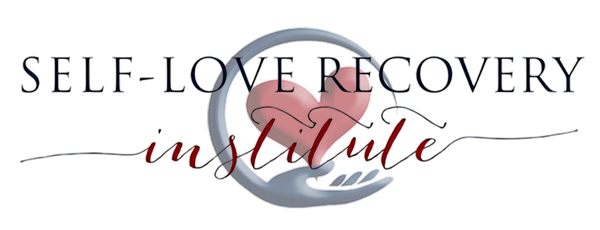Ross Rosenberg's Blog
What Makes A Narcissist Tick: a Song
Covert narcissists pose a greater danger compared to sociopaths due to their heightened ability to fabricate a convincing false identity. Because they genuinely enjoy playing the role of a "good"...

THE OLD OAK TREE
THE OLD OAK TREE The old oak tree stands tall but crooked. It’s cracked, coarse, creviced surface. reflects the assault of never-ending seasons The rain, heat, and snow...
Ross Rosenberg's Articles
Gaslighting is Everywhere: A Deep Dive Into the Subject Self-Love Recovery Institute/Ross Rosenberg's Blog Excerpts from Upcoming Book: The Codependency Revolution Explaining Why Opposites Attract (The...
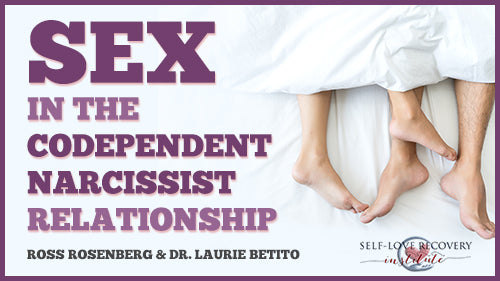
Sex In The Codependent-Narcissist Relationship
But they’ve often grown up with the belief that sex is for the other person, not for them. So, they are there to give sex and you can hear it in the language, you know, “I give him sex” or “it's about what my partner needs, not what I need.” They often will not even know what they need because they haven't taken the opportunity to explore their own bodies and their own pleasure. It's very hard when you think you exist for others’ pleasure.
Signs of Narcissism: Recognizing the Red Flags
Shockingly, experts estimate that up to 5% of people exhibit narcissistic tendencies (otherwise referred to as narcissistic personality disorder symptoms or narcissistic personality disorder traits), making it crucial to recognize the warning signs...
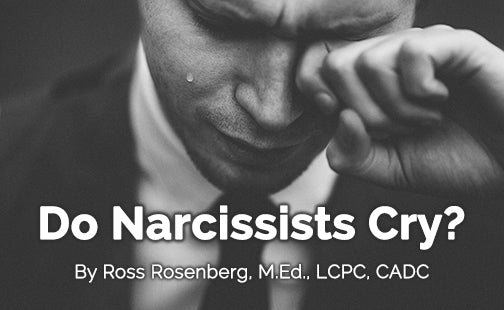
Do Narcissists Cry?
by Ross Rosenberg, M.Ed., LCPC, CADC Self-Love Recovery Institute – President/CEO Psychotherapist, Educator, Author, Expert Witness To answer the question, “do narcissists cry?,” it is first necessary to move beyond...
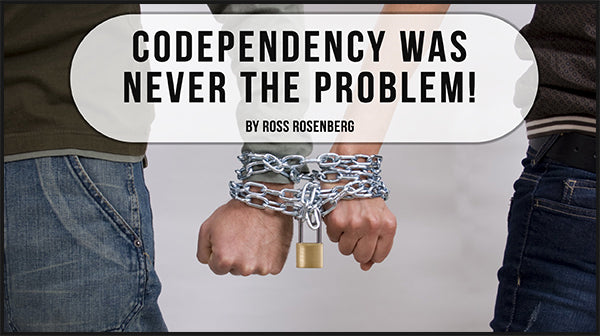
CODEPENDENCY WAS NEVER THE PROBLEM!
This article will explore the relationship between codependency, attachment trauma, and pathological loneliness and the role that psychotherapy can have to solve this pathological circle. Perhaps not everyone knows that it is possible to think of codependency as a secondary condition, a symptom of profound mental health issues: it is not the problem we are dealing with, but a problem caused by much deeper issues.

Codependents Also Hurt Their Children
Written by Ross Ross Rosenberg, M.Ed., CADC.Self-Love Recovery Institute – President/CEOPsychotherapist, Educator, Author, Expert Witness Although the codependent parent is harmed by their narcissistic partner, their codependency should not be considered a valid...
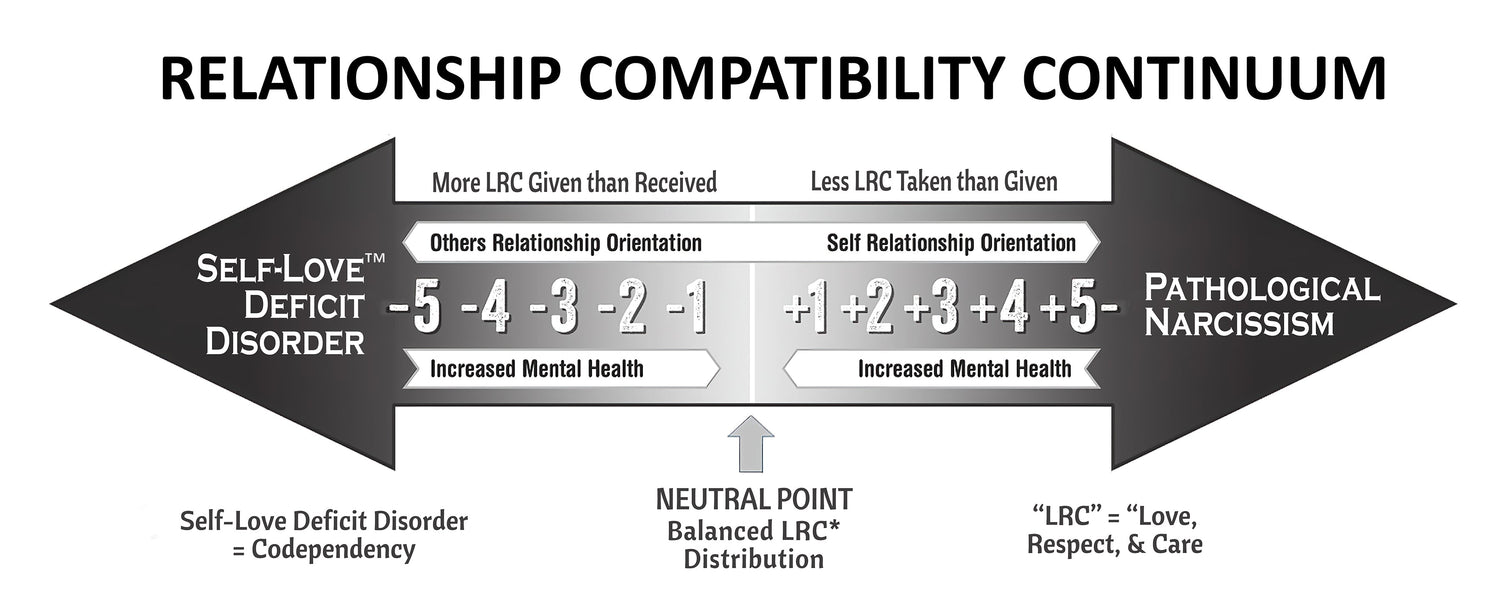
The Relationship Compatibility Continuum
Written by Ross Ross Rosenberg, M.Ed., CADC.Self-Love Recovery Institute – President/CEOPsychotherapist, Educator, Author, Expert Witness Using simple graphics and math, Ross Rosenberg’s Relationship Compatibility Continuum explains and quantifies the unconscious and reflexive...

A Codependent Cannot Be a Narcissist
Ross is frequently asked the question, "can a person be a codependent and narcissist at the same time." Codependents ask this question because of their distorted sense of self and personal boundaries.
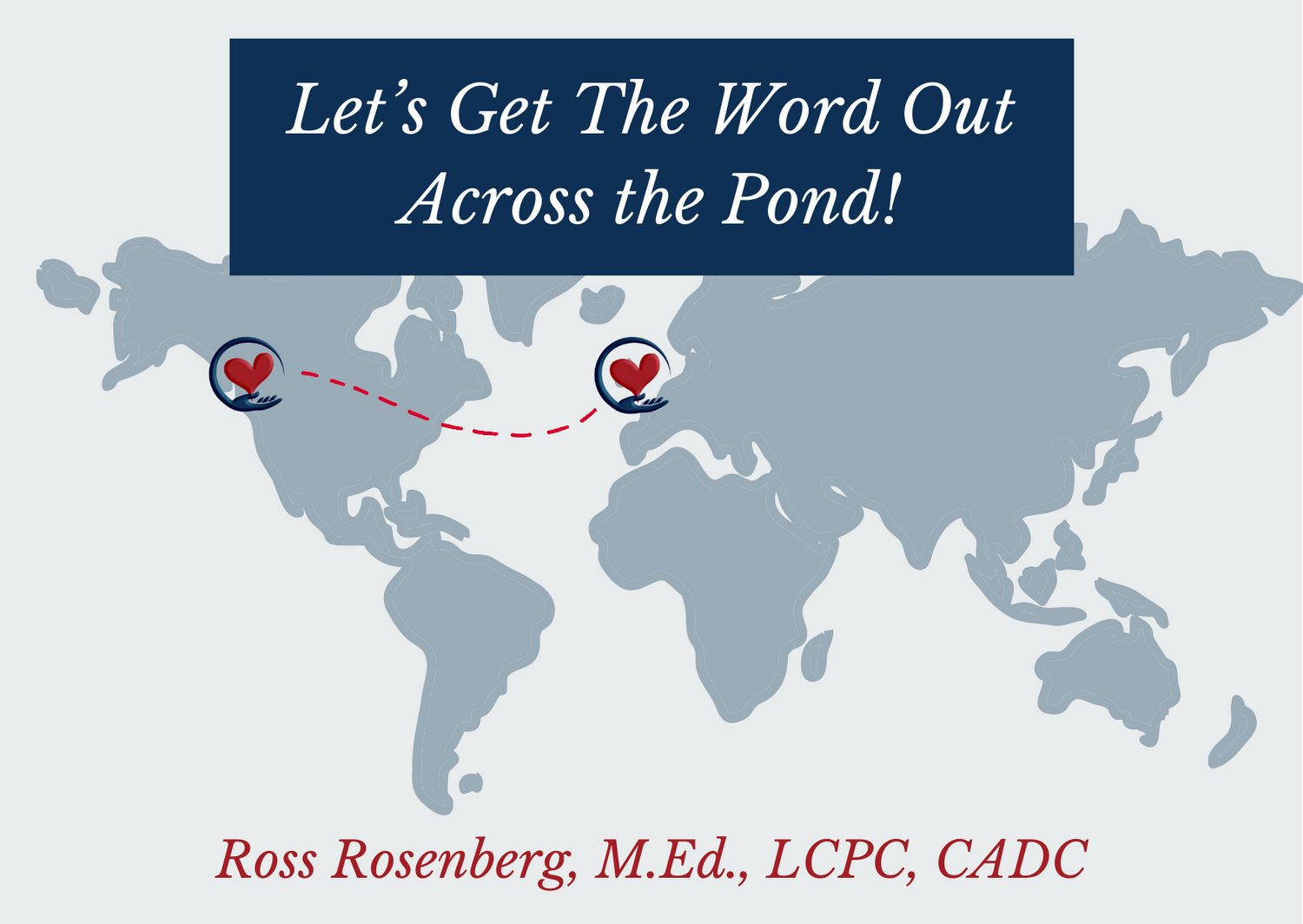
LET'S GET THE WORD OUT ACROSS THE POND!
Dear UK friend or Colleague, I hope you all are well and have survived the terrible year of COVID. As many of you know, I am tirelessly devoted and committed to...

What Happens When You Break Up With a Narcissist
Most narcissists who are facing “the boot” will do almost anything to stall or buy time. They try to regain a foothold on the codependent’s demonstration of power, control and resolve. Any last-ditch efforts or promises to change or stop may be genuine but are impossible and do not elicit permanent results. This is because pathological narcissists lack the psychological resources, ability, and insight to stay focused on what is wrong with themselves
THE ORGANIZING VALUE OF RELATIONSHIP CIRCLES
Resisting the rigid mindset of organizing your relationships in binaries of good or bad, like or dislike, avoidance or enmeshment, can be challenging when you desire to become less close and involved with a friend, close friend, or intimate partner. Using the relationship circles concept to reorganize a friend’s meaning and value to you is possible without uncomfortable conflict, hurt feelings, and excessive and needless drama.
Co-Dependency Anonymous Was Broken from the Start
A SYNOPSIS OF ROSS ROSENBERG'S BROKEN FROM THE STARTCO-DEPENDENTS ANONYMOUSWho Has Power Over Whom? YouTube Video: tiny.cc/CoDA_Is_Broken Just like other 12-step programs, CoDA’s first step pinpoints the out-of-control addiction or compulsive...
To Dash or Not Dash - Co-Dependency's Evolution
The “dash” version of co-dependency never advanced beyond its original family systems theory influence. Still, it sheds light on the addict’s chemical dependency and their partner’s propensity to sabotage their treatment unconsciously, reflexively, and predictably. Moreover, with the development of the co-dependency term, concept, and burgeoning treatment accommodations available to them, positive and negative treatment outcomes could be statistically correlated to the participation of the partner to the addict.
